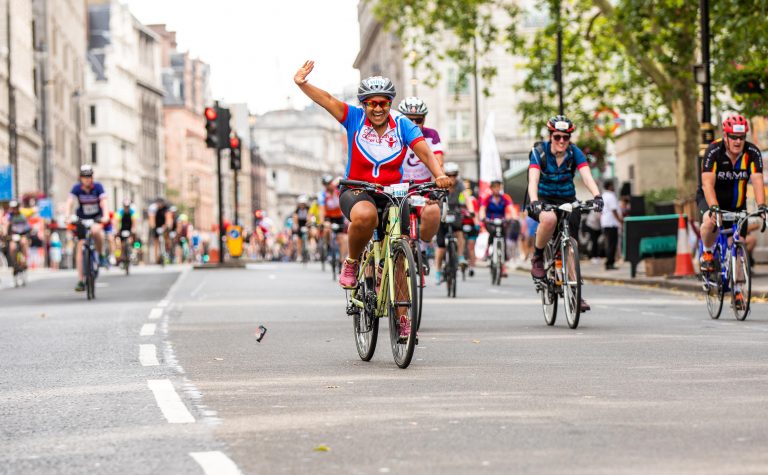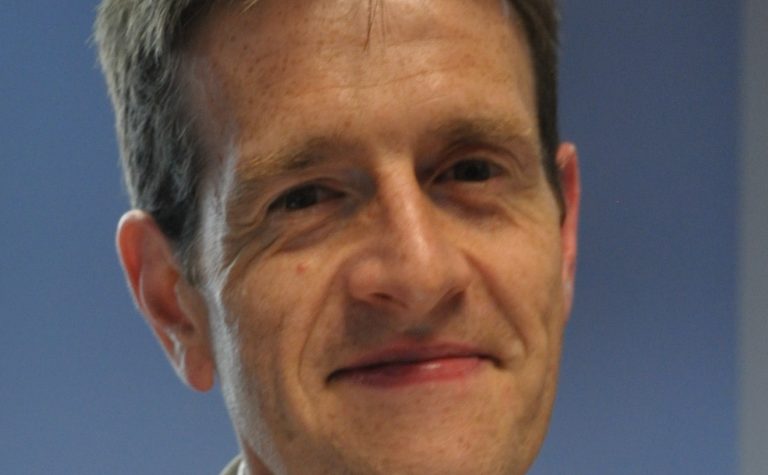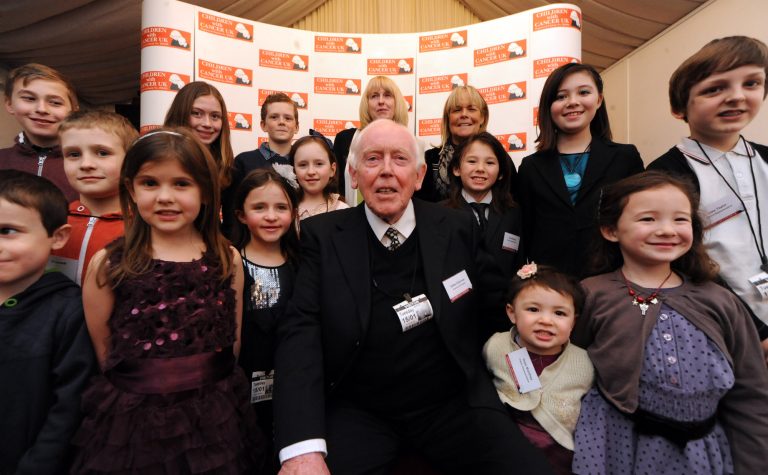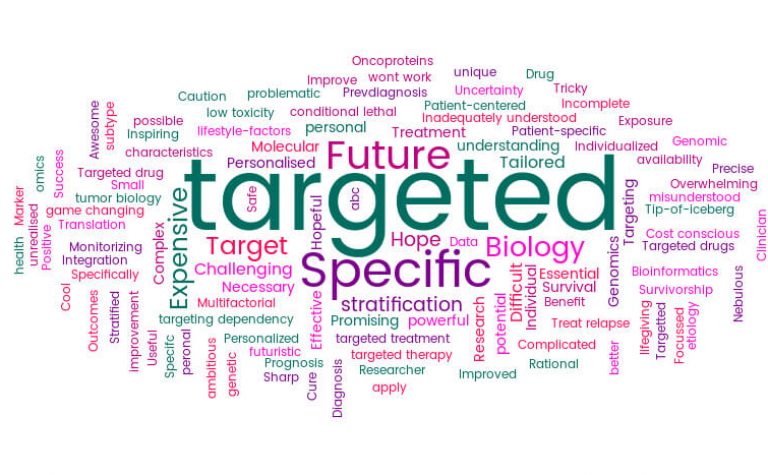What is osteosarcoma?
Incidence
There are approximately 30 new cases of childhood osteosarcoma each year in Great Britain.
Although osteosarcoma can develop in any bone, it occurs most often in the bones on either side of the knee (tibia or femur) and in the upper arm.
Osteosarcoma is extremely rare under the age of three years and gradually increases with age, with two thirds of childhood cases occurring in the 10-14 year age group. Incidence is similar in girls and boys up to age 14 years but a male excess emerges at around 15-16 years. This male excess arises earlier in Ewing sarcoma of bone (at 10-14 years).
In addition to these childhood cases, a further 45 teenagers and young adults (15 to 24 years) are diagnosed with osteosarcoma every year in the UK.
Osteosarcoma survival rate
65 out of 100 children (65%) with osteosarcoma survive for 5 years or more after diagnosis in the UK.
Patients with localized disease can expect 5-year survival rates as high as 60–78%, but survival drops to 20–30% for those with metastatic disease
Osteosarcoma in patients younger than 12 years old without metastases have similar prognosis as adolescent and young adults.
What are the symptoms of osteosarcoma?
The following symptoms of this type of bone cancer in children may be noted:
- Bone pain – this may come and go initially but then become more persistent
- Tenderness
- Redness
- Swelling
- Fracture may occur after a minor injury at the site of the weakened bone.
The doctor may arrange an initial X-ray, and then refer to a cancer specialist who will usually perform a biopsy under anaesthetic (a sample of the affected bone is taken for examination under the microscope), blood tests, and scans (bone scan, CT or MRI).
These tests enable doctors to define the grade and the staging of the tumour.
Malignant osteosarcomas can be defined as high or low grade depending on the appearance of the abnormal cells under the microscope. In high grade tumours the cells are likely to grow quickly and are more likely to spread.
The tumour is staged (1A, 1B, 2A, 2B or 3) according to its size and whether it has spread from the starting site. This system of staging will determine the treatment required.
You can learn more about bone cancers, including Osteosarcoma with this informative video:
Save
Save
Save
Save
How is osteosarcoma treated?
Great advances have been made in the treatment of malignant osteosarcoma in children during the past few decades. In the 1960s the only available treatment was amputation. Only a small number of patients survived more than two years after diagnosis.
It has now been shown that giving chemotherapy before and after surgery improves the outlook for osteosarcoma patients. It also allows some people to have limb-sparing surgery rather than amputation.
Treatment varies according to the size, grading and position of the bone cancer. It usually involves surgery, chemotherapy and/or radiotherapy.
- Surgery generally forms the mainstay of treatment for osteosarcoma but the extent of surgery will again depend on the site and size of the tumour. In some cases, the affected limb may need to be amputated, in which case an artificial limb will be developed by a specialist centre. Limb-sparing surgery (involving a prosthesis or bone graft) is possible in many cases.
- Chemotherapy may be used before surgery to kill the bone cancer cells and shrink the tumour. It may also continue after surgery to prevent recurrence (relapse).
A new type of chemotherapy – a biological therapy called mifamurtide – has been introduced in recent years for the treatment of non-metastasised osteosarcoma following surgery. This is given alongside conventional chemotherapy and has improved survival. - Radiotherapy is sometimes used in combination with the other forms of treatment.
Are there side effects?
In the short-term, treatment of osteosarcoma in children can cause side effects such as pain, tiredness, nausea, vomiting, infections, hair loss, bruising, and tiredness.
In the longer-term, the child may be at risk of a variety of late effects of treatment. These can occur months or years after treatment finishes and can include abnormal bone growth, heart or lung effects, infertility and an increased risk of developing another cancer. There may be psychological problems associated with having a false limb, as well as the obvious physical limitations.
Follow-up
The child will have regular follow-ups to check for any recurrence of the bone cancer and for any problems that may arise as a result of the treatment they were given (late effects).
They will be checked up on every few months for the first three years after treatment and then every six months for another two years.
If relapse occurs, it is usually within 18 months of treatment. It may be possibly to successfully treat relapsed disease.
Research
Many children have their treatment as part of a clinical trial.
Trials aim to improve our understanding of the best way to treat the cancer, usually by comparing the standard treatment with a new or modified version.
If appropriate, the child’s medical team will discuss participation in a relevant trial. Participation is optional but may offer the opportunity to receive new treatments.
Children with Cancer UK is funding a number of research projects focused on bone tumours.
New Osteosarcoma research partnership
Osteosarcoma is a long way behind other cancers in terms of new treatments and improvement in survival due to a lack of research investment.
The International Osteosarcoma Research Symposium 2019, hosted by Children with Cancer UK and the Bone Cancer Research Trust, brought together researchers from across the globe to identify research progress, challenges that need to be overcome and opportunities to move research forward.
This year Children with Cancer UK will be committing £500,000 to osteosarcoma research. The Bone Cancer Research Trust launched a £450,000, UK-wide observational clinical trial for all ages.
Bethany's victory
 Read Bethany’s bone cancer story
Read Bethany’s bone cancer story
“I was diagnosed with a rare form of bone cancer called Periosteal osteosarcoma in 2010, I was 14 years old.
It started with an ache and I had a very small lump on my left leg, just under my knee, it grew fast and was the size of a tennis ball in no time. My GP sent me for an urgent x-ray and then I was quickly referred to the Royal National Orthopaedic Hospital. It all happened so fast I didn’t know what was going on.
I had a biopsy and results day arrived. The doctor looked at me and said ‘I’m sorry but it’s cancer’. I will never forget those words but I was thinking ‘no he has it wrong, I’m 14 I can’t have cancer’. He said that the osteosarcoma tumour would need to be removed with surgery.
The big day arrived, I remember going there thinking ‘I may leave here with just one leg’. And that, I couldn’t accept. It took five hours, but the doctors were able to save my leg and successfully remove all of the tumour.
Two years later I was in a show dancing, cartwheeling and doing the splits and handstands! The doctors were amazed and said that I should be using crutches!
I am now 18 years old and have been clear for almost five years. I have finished a dance BTEC at college and am at university studying Dance Education.”
If you’ve been touched by Bethany’s journey, help us invest in the high quality research that really matters which would otherwise go unfunded, helping to support children with cancer so they can be with their families for longer.





